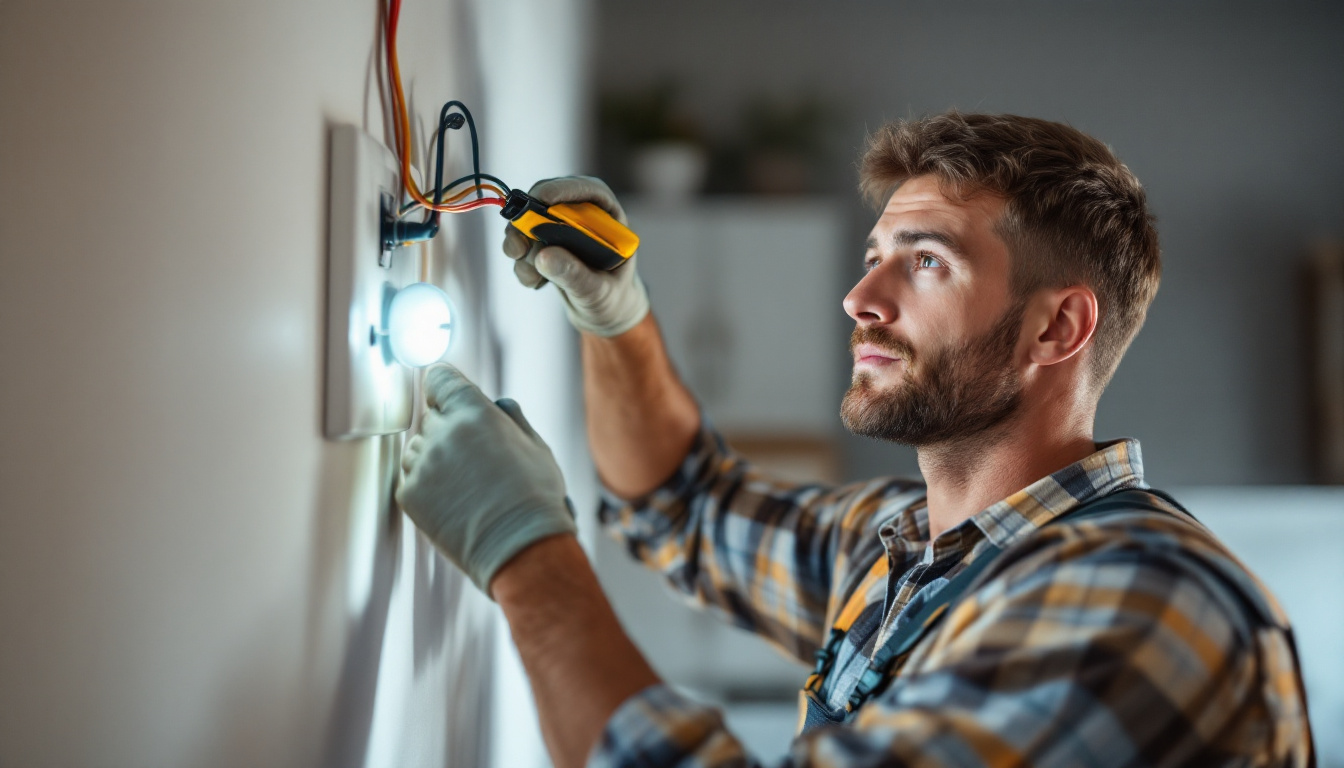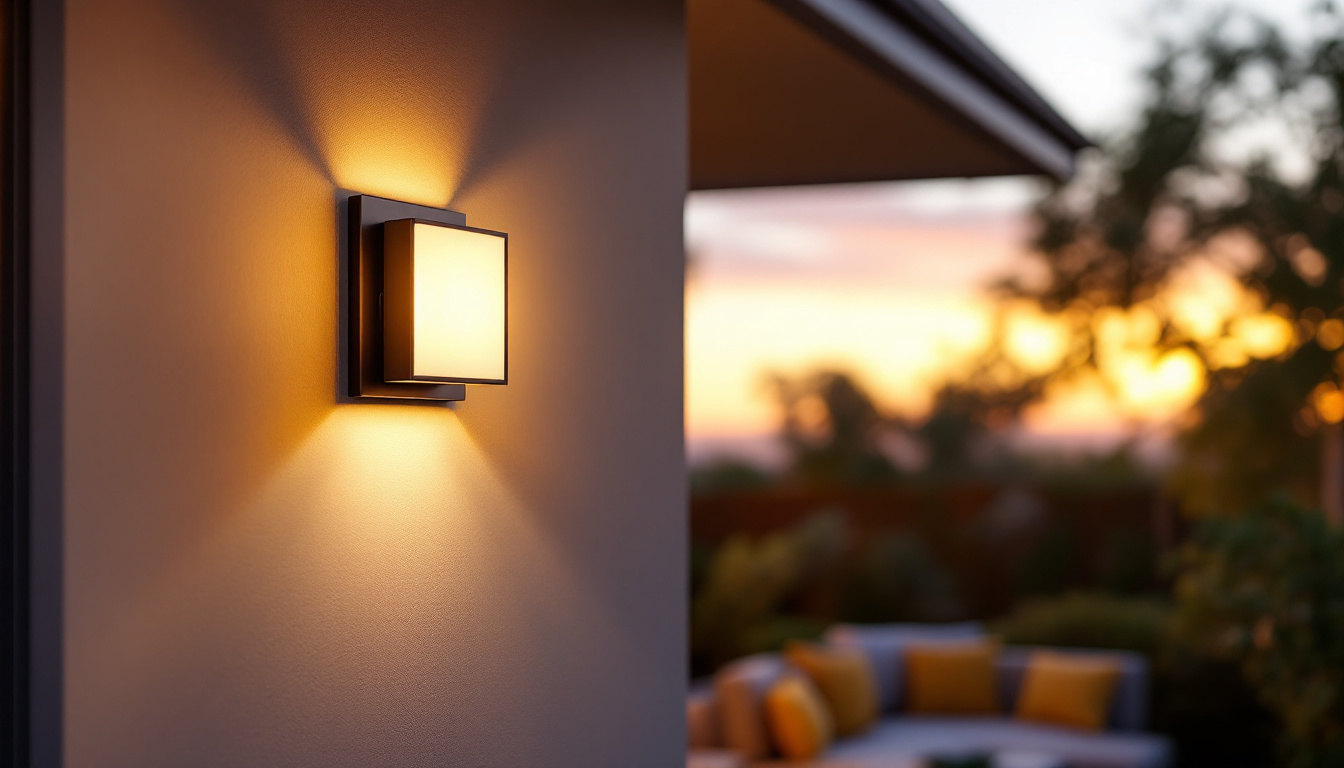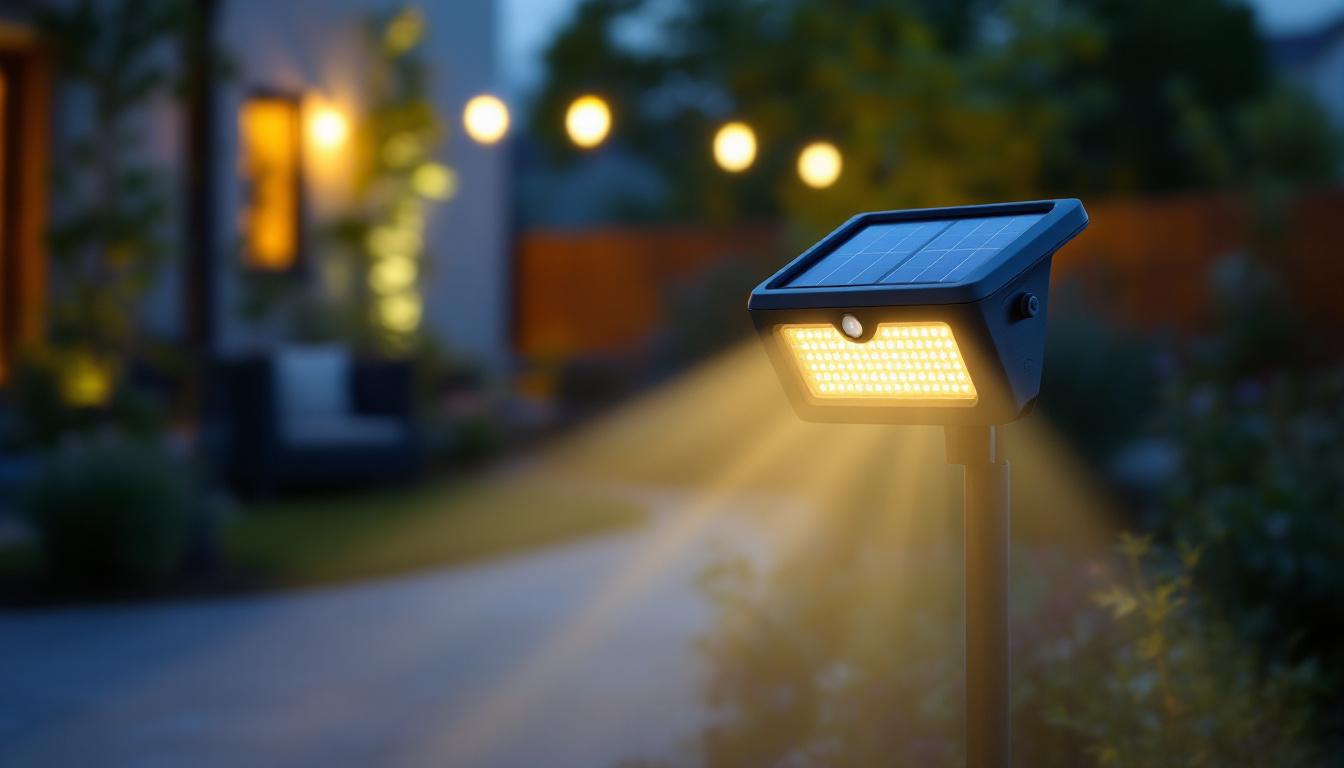
In the ever-evolving world of lighting technology, motion detector outlets have emerged as a popular solution for both residential and commercial spaces. These devices not only enhance energy efficiency but also provide an added layer of security. However, for lighting contractors, the integration of motion detector outlets comes with its own set of challenges. This article delves into the top challenges faced by lighting contractors when working with motion detector outlets, exploring the technical, logistical, and customer-related hurdles that can arise.
Before delving into the challenges, it is essential to grasp the fundamentals of motion detector technology. Motion detectors use various sensing technologies, such as passive infrared (PIR), ultrasonic, and dual-technology sensors, to detect movement within a specified range. Each type has its unique advantages and limitations, which can significantly impact installation and functionality.
Lighting contractors must be familiar with the different types of motion detectors available in the market. Passive infrared sensors are the most common, detecting heat emitted by objects in their field of view. Ultrasonic sensors, on the other hand, use sound waves to detect movement, making them effective in environments where heat detection may be unreliable.
Understanding these distinctions is crucial for contractors as it influences not only the choice of product but also the installation process. For example, PIR sensors may require specific positioning to avoid false triggers from pets or passing vehicles, while ultrasonic sensors may necessitate a more complex setup to ensure optimal coverage. Additionally, dual-technology sensors combine both PIR and ultrasonic technologies, providing a more reliable solution by reducing the chances of false alarms while enhancing detection accuracy in various conditions.
Another critical aspect of motion detector technology is its compatibility with existing electrical systems. Many older buildings may not support the latest motion detection technology without significant upgrades. Lighting contractors often face the challenge of integrating new motion detector outlets into these older systems, which may require additional wiring or circuit modifications.
Moreover, the integration process can become even more complex when dealing with smart home systems. As homeowners increasingly seek to incorporate smart technology into their residences, contractors must navigate the intricacies of ensuring that motion detectors work seamlessly with various smart home platforms. This includes understanding communication protocols such as Z-Wave or Zigbee, which facilitate the interaction between devices. Furthermore, the ability to program motion detectors to trigger specific actions, like turning on lights or sending alerts to homeowners, adds an additional layer of functionality that can enhance security and convenience in modern living spaces. As technology continues to evolve, staying informed about the latest advancements in motion detection will be essential for contractors aiming to provide comprehensive solutions to their clients.
Installation is where many lighting contractors encounter significant challenges when working with motion detector outlets. The process is often more complicated than installing traditional lighting fixtures, requiring a thorough understanding of both electrical systems and the specific requirements of motion detectors.
One of the primary challenges during installation is ensuring proper wiring. Motion detector outlets typically require a dedicated circuit to function effectively, which can complicate installation in spaces with limited electrical infrastructure. Contractors must assess the existing wiring, determine if upgrades are necessary, and ensure compliance with local electrical codes.
Additionally, the placement of motion detectors is crucial for optimal performance. Contractors need to consider factors such as the field of view, potential obstructions, and the height at which the sensors are mounted. Incorrect installation can lead to false triggers or ineffective detection, resulting in dissatisfied customers. For example, if a motion detector is positioned too low, it may not detect movement effectively, while a sensor placed too high might miss lower-level activity, such as pets or small children. This necessitates a careful evaluation of the environment and the intended use of the space.
Once installed, motion detector outlets require thorough testing and calibration. This step is often overlooked but is vital for ensuring that the system operates as intended. Contractors must test the sensors under various conditions to confirm that they respond accurately to movement while minimizing false alarms.
Calibration can also be a time-consuming process, as it may involve adjusting sensitivity settings and fine-tuning the detection range. This additional effort can add to the overall project timeline, which may not align with customer expectations for quick installations. Moreover, contractors must educate clients on how to interact with the system post-installation, including how to adjust settings themselves if needed. This education can help mitigate future issues and enhance customer satisfaction, as clients will feel more empowered to manage their lighting systems effectively. Furthermore, providing a comprehensive user manual or a follow-up consultation can significantly improve the client’s experience and reduce the likelihood of service calls due to misunderstandings about the system’s operation.
Another challenge lighting contractors face is managing customer expectations regarding motion detector outlets. Many homeowners and business owners may have misconceptions about how these devices work, leading to unrealistic expectations about their performance.
Customers often expect motion detectors to provide complete security coverage, but this is not always the case. Factors such as environmental conditions, sensor placement, and the type of motion detector used can significantly impact performance. Contractors must take the time to educate clients on the limitations of these devices and set realistic expectations to avoid dissatisfaction.
Furthermore, customers may not fully understand how to operate the systems once installed. Providing clear instructions and ongoing support can help alleviate confusion and ensure that clients feel confident using their new motion detector outlets.
As motion detectors become more prevalent, concerns about privacy have also emerged. Homeowners may worry about the potential for surveillance or unauthorized access to their data, especially when integrating smart technology. Lighting contractors must be prepared to address these concerns and reassure clients about the security of their systems.
Providing information about the technology used in motion detectors and how data is handled can help alleviate fears. Additionally, offering options for privacy settings can empower customers to feel more in control of their environment.
Lighting contractors must also navigate a landscape of regulatory and compliance issues when installing motion detector outlets. These regulations can vary significantly by location and may impact both installation practices and product selection.
Compliance with local building codes is paramount for any electrical installation. Motion detector outlets may have specific requirements regarding wiring, placement, and functionality. Contractors must stay informed about these regulations to avoid potential fines or complications during inspections.
Additionally, understanding energy efficiency standards is crucial, particularly in commercial settings where energy consumption is closely monitored. Selecting motion detectors that meet or exceed these standards can not only ensure compliance but also appeal to environmentally conscious clients.
Choosing products that are certified for safety and performance is another essential aspect of compliance. Contractors should prioritize working with reputable manufacturers whose products meet established industry standards. This not only ensures the safety of the installation but also enhances the contractor’s credibility with clients.
Investing time in researching and selecting high-quality motion detector outlets can ultimately save contractors from future headaches related to product failures or customer complaints.
The market for motion detector outlets is becoming increasingly competitive, posing challenges for lighting contractors in terms of pricing and differentiation. With numerous suppliers and products available, contractors must develop effective strategies to remain competitive while maintaining profitability.
Staying informed about market trends is crucial for contractors looking to succeed in this space. This includes understanding the latest advancements in motion detector technology, as well as shifts in consumer preferences. For instance, as smart home technology continues to gain traction, contractors may need to adapt their offerings to include smart motion detectors that integrate seamlessly with other devices.
Contractors should also be aware of pricing trends in the market. Offering competitive pricing while ensuring quality can be a delicate balance. Conducting market research and analyzing competitors’ pricing strategies can provide valuable insights for developing effective pricing models.
To stand out in a crowded market, lighting contractors can consider offering value-added services. This might include providing comprehensive consultations, ongoing maintenance, or extended warranties on motion detector outlets. By positioning themselves as experts and offering additional services, contractors can build trust with clients and foster long-term relationships.
Furthermore, showcasing successful installations and customer testimonials can enhance a contractor’s reputation and attract new business. A strong online presence, including a well-maintained website and active social media channels, can also help contractors reach a broader audience.
Motion detector outlets present a range of challenges for lighting contractors, from technical installation hurdles to customer education and compliance issues. However, by understanding the technology, staying informed about market trends, and effectively managing customer expectations, contractors can navigate these challenges successfully.
As the demand for energy-efficient and smart lighting solutions continues to grow, lighting contractors who embrace these challenges will be well-positioned to thrive in the evolving landscape of the industry. By prioritizing quality, compliance, and customer satisfaction, contractors can not only enhance their business but also contribute to a more sustainable future.
Ready to tackle the challenges of motion detector outlets with confidence? At LumenWholesale, we provide lighting contractors with the high-quality, spec-grade lighting products you need to succeed. Say goodbye to inflated markups and hello to unbeatable wholesale prices. Our extensive selection of reliable, high-performance lighting meets the highest industry standards, ensuring your projects shine. Plus, with free shipping on bulk orders, you can stock up on superior lighting solutions at the best value — without any hidden fees. Elevate your lighting game and experience the convenience of LumenWholesale by visiting Wholesale Lighting at the Best Value today.

Discover the critical role of hi lighting in the success of lighting contractors.

Discover expert tips and best practices for installing flush mount outdoor lights in this comprehensive guide tailored for lighting contractors.

Discover the ins and outs of 3500K color temperature and its impact on lighting environments.

Discover the benefits of the Solar Motion Floodlight, an essential guide for anyone interested in energy-efficient lighting solutions.